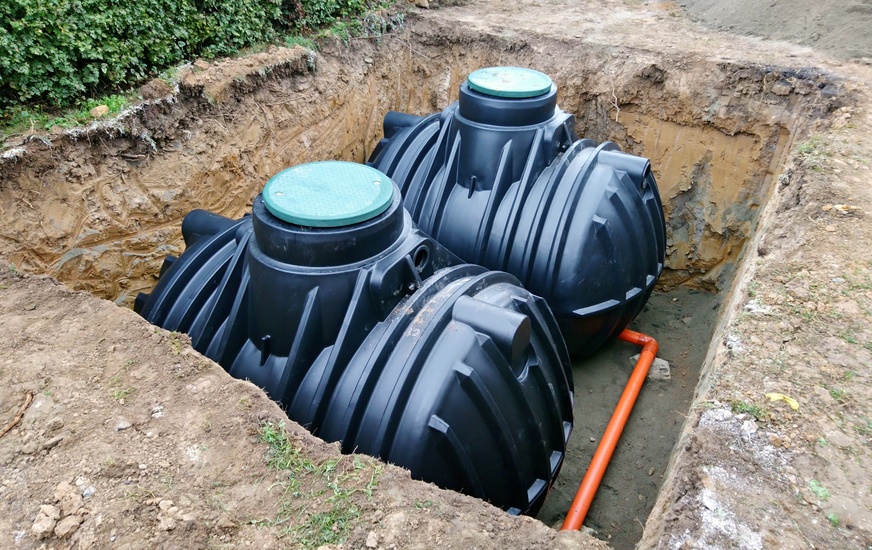Oil is one of the most common sources of fuel for residential heating in the New Jersey area.
For many homes, the source of this oil is an underground tank that feeds the burners in the home through a series of pipes, which can be refilled as necessary.
Here is a brief guide to the basics of underground storage tanks:
The United States officially recognizes underground storage tanks, or USTs, as any container and any connected pipe system that holds petroleum or other hazardous substances and has 10% more of its combined volume buried underground.
These tanks are common on residential properties, where they often hold oil for heating the house. Gas stations are another common application for UST systems.

Are There Different Types?
There are many different types of underground storage tanks that have served various purposes over the years.
- Some of the most common tanks for residential use are steel or aluminum tanks that have been designed or certified by the Steel Tank Institute.
- Other options include metal tanks wrapped in a composite like carbon fiber, glass fiber, or a plastic, and tanks made entirely from one or more of these composites.
How Do I Care For My UST?
Underground storage tank maintenance is important to avoid leaks and releases that can be both expensive and very harmful to the environment.
Part of tank maintenance involves ensuring that refills and such services are done carefully and appropriately.
Other precautions must be taken to prevent leaks, such as valve equipment upgrades and inspections.